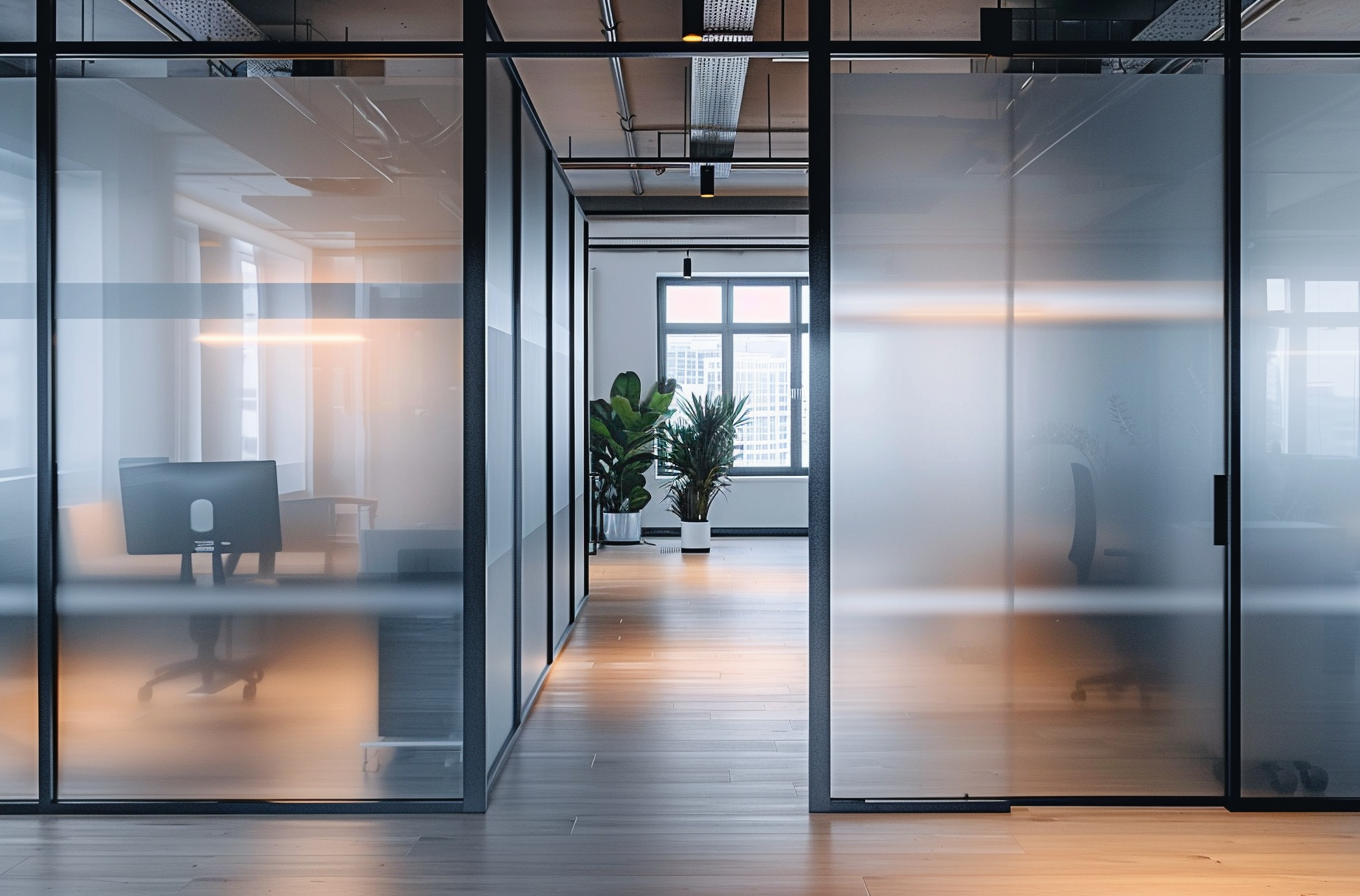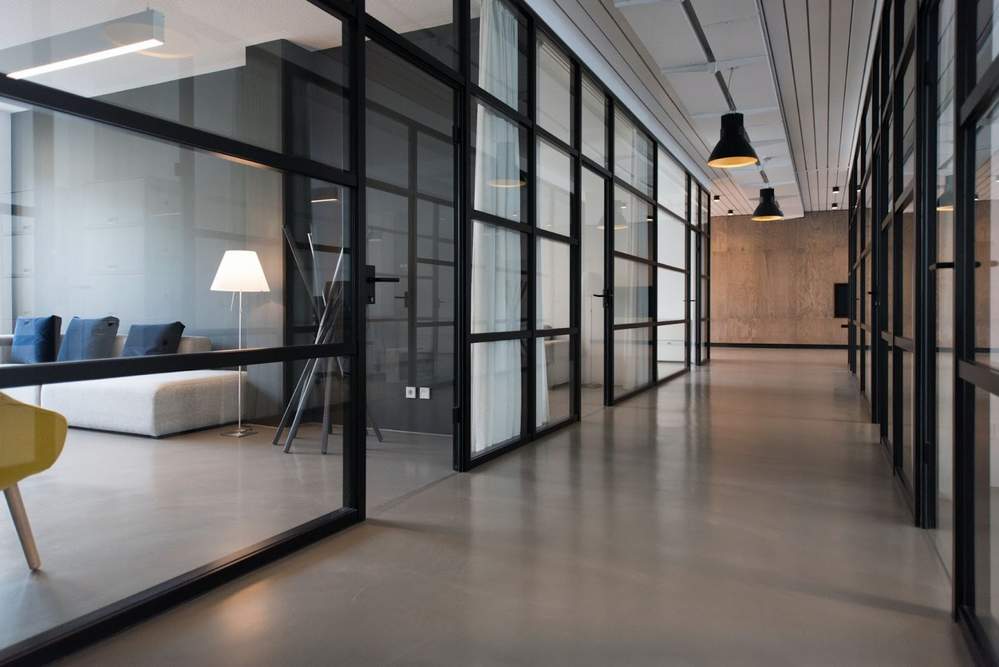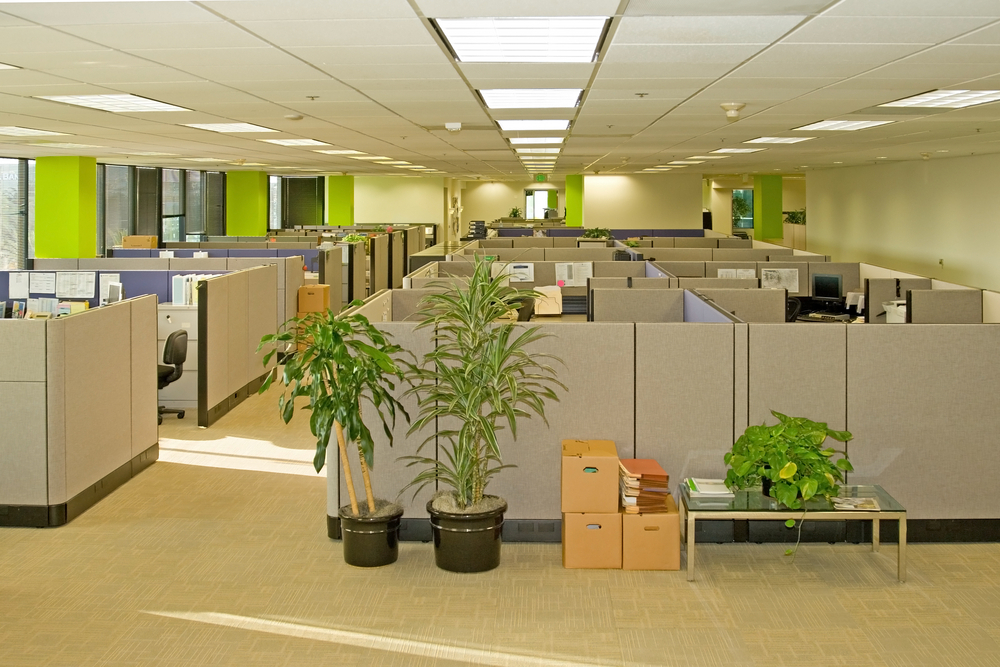In today’s fast-paced, modern workplace, creating an environment that is both functional and inspiring is more critical than ever. One design element that has rapidly gained popularity in contemporary offices is the glass partition wall. These sleek, modern dividers not only delineate spaces but also infuse a sense of openness, natural light, and style that traditional walls simply can’t match. In this comprehensive guide, we explore innovative ideas for incorporating glass partition walls in your office, examine their benefits, and offer practical tips on integrating these elegant dividers into your workspace design.
The Rise of Glass Partition Walls in Modern Offices
Over the past decade, office design has evolved from isolated cubicles and solid walls to open, flexible spaces that promote collaboration and well-being. Glass partition walls epitomize this shift. They serve as more than mere physical dividers; they’re a design statement that embodies transparency, connectivity, and sophistication. Whether you work in a startup, a corporate environment, or a creative agency, glass partitions can be tailored to meet diverse needs and preferences while contributing to an overall cohesive look.
Why Choose Glass Partition Walls?
- Enhanced Natural Light: Glass walls allow sunlight to permeate deep into your workspace, reducing reliance on artificial lighting and creating an uplifting atmosphere.
- Visual Continuity: Transparent or semi-transparent glass creates a sense of openness, making even smaller offices feel larger and less confined.
- Flexibility: Glass partitions can be designed in a variety of configurations—from fixed installations to movable panels—offering adaptability as your business evolves.
- Modern Aesthetics: Sleek and minimalist, glass walls contribute to a high-end, contemporary look that reflects innovation and professionalism.
Design Ideas for Glass Partition Walls
When planning your office layout, there are numerous creative ways to utilize glass partitions. Below are some innovative ideas to consider:
1. Frameless Glass Walls for a Seamless Look
Frameless glass partitions are renowned for their minimalist design and clean lines. By eliminating bulky frames, these partitions provide an almost uninterrupted view, enhancing the flow of light and creating an expansive, airy feel. Use frameless glass walls in:
- Open-Plan Offices: To subtly delineate work areas while preserving the openness of the space.
- Meeting Rooms: To create a contemporary meeting area that remains connected to the rest of the office.
- Reception Areas: For a striking first impression that exudes modernity and transparency.
2. Frosted Glass for Privacy Without Compromising Light
Frosted glass offers the perfect compromise between openness and privacy. The frosted finish diffuses light while obscuring detailed views, making it ideal for areas where confidentiality is essential yet visual connectivity remains desirable.
- Private Offices: Use frosted glass to create a private yet light-filled workspace.
- HR or Executive Suites: Maintain discretion for sensitive conversations without isolating employees from the vibrant office environment.
- Breakout Zones: Design semi-private areas where employees can relax without being completely cut off from the rest of the space.
3. Tinted Glass for a Touch of Color and Glare Reduction
Tinted glass adds subtle color to your office and helps reduce glare, making it a practical and stylish choice. Depending on the tint’s hue, these panels can set the mood and complement your company’s branding.
- Conference Rooms: Use tinted glass to create a calming, focused environment conducive to brainstorming and decision-making.
- Creative Studios: Enhance the ambiance with a tint that reflects your brand’s personality while protecting employees from harsh sunlight.
- Lounge Areas: Create an inviting space with tinted glass that balances light and shade.
4. Textured Glass for Added Depth and Visual Interest
Textured or patterned glass partitions are perfect for adding a unique touch to your office. These designs can range from subtle, linear textures to intricate patterns that catch the eye.
- Feature Walls: Install a full-length textured glass wall as a focal point in your office lobby or main workspace.
- Branding Elements: Incorporate custom patterns or etchings that align with your company’s identity, turning partitions into works of art.
- Collaborative Spaces: Use textured glass to define areas where creative teams gather, adding both privacy and a dynamic visual element.
5. Hybrid Partitions for Multi-Functional Spaces
Hybrid partitions combine glass with other materials, such as wood, metal, or fabric, to achieve both aesthetic appeal and functional benefits. This mix-and-match approach can be used to delineate different areas while maintaining a cohesive overall design.
- Reception and Waiting Areas: Pair glass with warm wood accents to create an inviting and professional entrance.
- Executive Suites: Blend glass with metal framing for a sleek, high-tech look that communicates strength and stability.
- Collaborative Hubs: Combine glass with sound-absorbing fabric to create spaces that encourage teamwork while minimizing noise.
6. Sliding and Movable Glass Panels for Dynamic Workspaces
For offices that require frequent reconfiguration, sliding or movable glass partitions offer unmatched versatility. These systems allow you to modify your workspace on the fly without committing to a permanent layout.
- Multi-Purpose Rooms: Use sliding panels to easily convert a large open area into smaller meeting spaces as needed.
- Adaptable Workstations: Allow employees to customize their work environment by rearranging movable glass dividers to suit different tasks.
- Event Spaces: Create flexible environments for corporate events, workshops, or training sessions with easily adjustable partitions.
Practical Considerations for Implementing Glass Partition Walls
While the aesthetic and functional benefits of glass partitions are compelling, careful planning and execution are essential to ensure success. Here are some key factors to consider:
1. Material Quality and Safety
Invest in high-quality glass—typically tempered or laminated—to ensure durability and safety. Tempered glass is designed to shatter into small, blunt pieces if broken, reducing the risk of injury. Laminated glass, which holds together even when cracked, is another excellent option for high-traffic areas.
2. Acoustic Performance
Glass partitions can sometimes transmit sound more than solid walls. Consider integrating acoustic solutions such as laminated glass with an interlayer or adding sound-absorbing materials to the surrounding space. This is especially important in environments where confidentiality and focus are critical.
3. Maintenance and Cleanliness
Glass is highly visible and tends to show fingerprints, smudges, and dust. Select finishes that resist smudging and plan for a regular cleaning schedule to keep your partitions looking pristine. Non-abrasive cleaning solutions and microfiber cloths work well for maintaining clarity and shine.
4. Lighting and Glare Control
Maximize the benefits of natural light by strategically positioning glass partitions. Ensure that artificial lighting complements natural illumination to avoid glare on screens or reflective surfaces. In some cases, applying an anti-glare coating or selecting tinted glass can help manage excess brightness.
5. Integration with Overall Office Design
Your glass partitions should work in harmony with the rest of your office’s design. Coordinate colors, materials, and textures to create a seamless, unified aesthetic. Whether you’re going for a minimalist, industrial, or warm, organic vibe, your partitions should reflect and enhance that overall vision.
6. Budget and Investment
Glass partitions can be a significant investment, so it’s important to balance quality and cost. While high-end options might have a higher upfront cost, their durability, ease of maintenance, and aesthetic impact often result in long-term savings. Consider the total lifecycle cost, including installation, maintenance, and potential reconfiguration, when planning your budget.
Inspiring Real-World Examples
Seeing how other organizations have successfully implemented glass partition walls can provide valuable inspiration for your own office design.
Case Study 1: Tech Startup Innovation Hub
A bustling tech startup in Silicon Valley wanted to foster an environment that encouraged collaboration while also providing areas for focused work. They opted for frameless glass partitions in their open-plan office. The result was a bright, airy workspace where natural light flowed freely, enhancing employee energy and creativity. Movable glass panels allowed the startup to reconfigure spaces on demand, adapting to the team’s evolving needs without the need for costly renovations.
Case Study 2: Corporate Office Modernization
A large corporate firm decided to update its traditional office layout by integrating frosted and textured glass partitions. The combination created designated zones for private meetings, collaborative brainstorming, and individual work. Customized patterns etched into the glass incorporated subtle branding elements, reinforcing the company’s identity. Employees reported increased satisfaction and productivity, and clients were impressed by the modern, professional appearance of the refreshed office.
Case Study 3: Creative Agency Transformation
A creative marketing agency revamped its workspace with a mix of clear and tinted glass partitions. The design allowed for an open, interconnected feel while still providing privacy where needed. The use of sliding panels enabled the agency to quickly transform the space for client presentations or creative brainstorming sessions. This flexible approach not only optimized the office layout but also helped foster a culture of innovation and agility.
The Future of Glass Partition Walls in Office Design
As office design continues to evolve, glass partition walls are poised to play an even more central role. Emerging trends and technological innovations promise to further enhance their functionality and appeal:
1. Smart Glass Technology
Smart glass that can switch from transparent to opaque on demand is becoming increasingly popular. This technology offers unparalleled flexibility, allowing spaces to be adjusted instantly based on privacy needs or lighting conditions. Imagine a conference room that transitions from a transparent, light-filled space during brainstorming sessions to an opaque, private area for confidential meetings—all at the touch of a button.
2. Integration with IoT and Digital Displays
Future glass partitions may also incorporate digital elements, such as interactive displays or integrated whiteboards. These multifunctional walls can serve as both physical dividers and dynamic collaboration tools, enhancing productivity while reinforcing a modern, tech-savvy image.
3. Sustainable Materials and Eco-Friendly Practices
Sustainability is an ever-growing concern in office design. Manufacturers are increasingly focusing on eco-friendly materials and energy-efficient production methods. As businesses prioritize green practices, expect to see more glass partition systems made from recycled or sustainably sourced materials that not only look great but also minimize environmental impact.
Tips for a Successful Implementation
To make the most of glass partition walls in your office, follow these best practices:
- Conduct a Detailed Space Audit:
Analyze your current workspace to determine where glass partitions can have the most impact. Consider areas with poor natural light, high traffic, or a need for flexible configurations. - Collaborate with Experts:
Work with interior designers and space planners who specialize in modern office environments. Their expertise will help you choose the right materials, finishes, and configurations that align with your brand and functional needs. - Plan for Scalability:
Choose partition systems that can grow with your company. Modular and movable solutions are ideal for businesses that anticipate changes in team size or workspace requirements. - Balance Functionality with Aesthetics:
Ensure that your design decisions support both the practical needs of your employees and the overall visual appeal of your office. Prioritize solutions that enhance natural light, manage acoustics, and reflect your company’s culture. - Invest in Quality and Maintenance:
While the initial cost may be higher, high-quality glass partitions provide better durability, safety, and long-term value. Establish a regular maintenance routine to keep your partitions looking pristine and functioning optimally.
Conclusion
Glass partition walls offer a versatile, modern, and sophisticated solution for today’s dynamic offices. By embracing innovative designs—from frameless and frosted glass to hybrid and movable systems—companies can create spaces that maximize natural light, enhance collaboration, and provide the flexibility required in a rapidly changing work environment.
These partitions do more than divide space; they contribute to a vibrant, connected, and productive workplace that reflects your brand’s identity and values. As office design continues to evolve, the role of glass partition walls will only grow more significant, offering endless possibilities for creating inspiring environments that support both individual focus and team collaboration.
By thoughtfully incorporating glass partitions into your workspace, you can transform your office into a dynamic hub of creativity and efficiency. Whether you’re reimagining a traditional layout or designing a cutting-edge headquarters, let glass partition walls be the canvas on which you build a modern, flexible, and truly engaging office.
Embrace these ideas, plan strategically, and watch your office transform into a place where innovation thrives and every beam of natural light works to inspire success.






